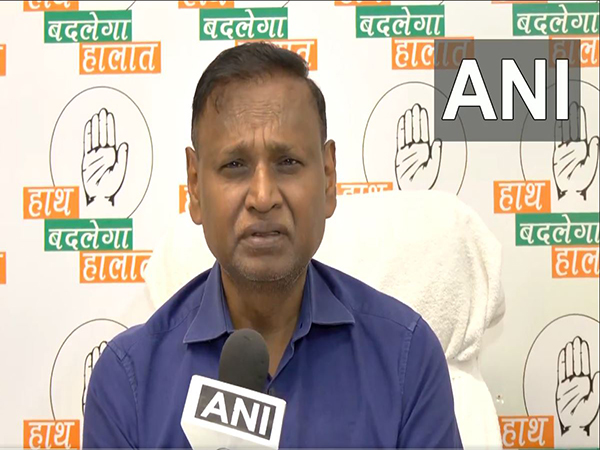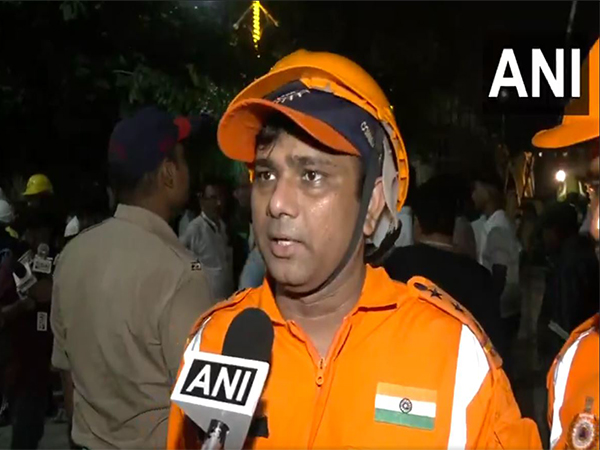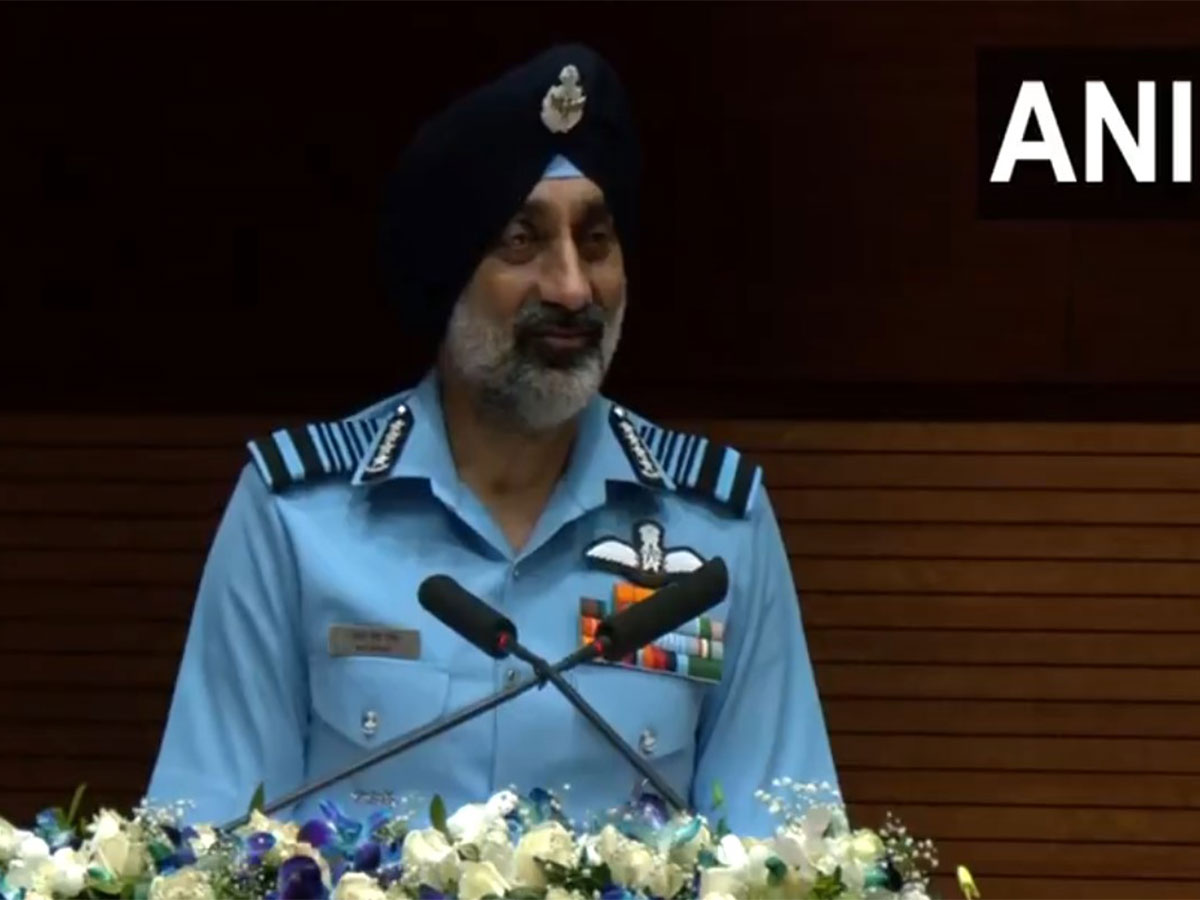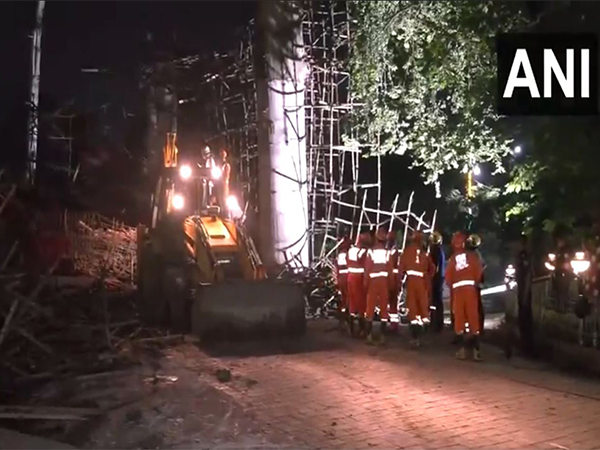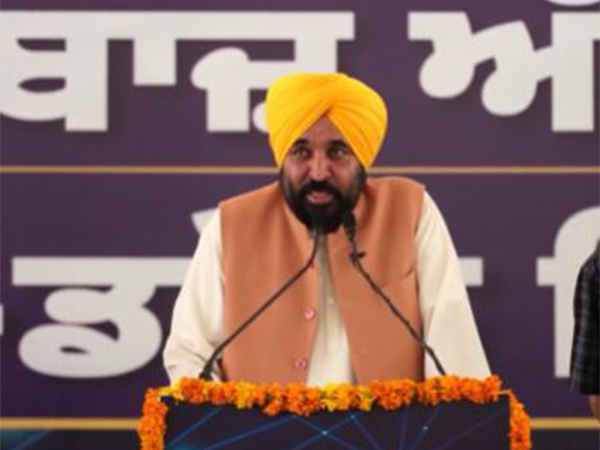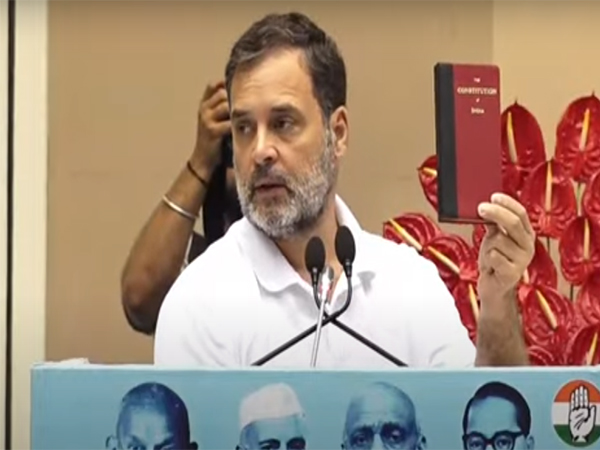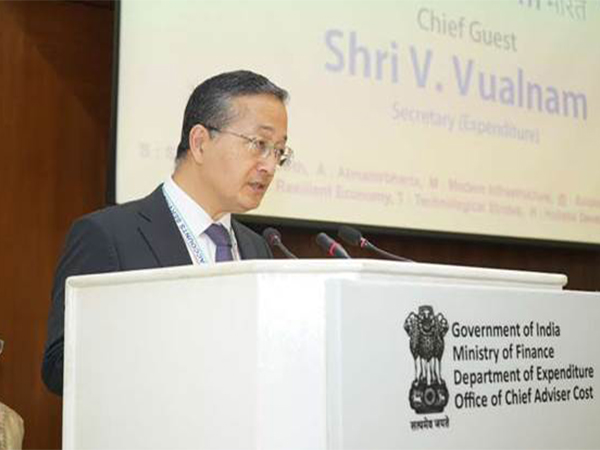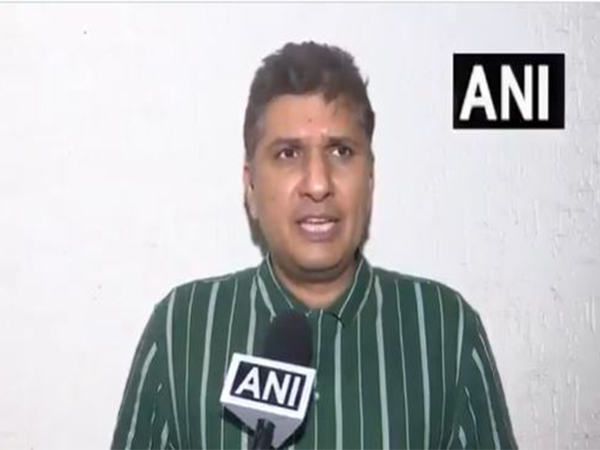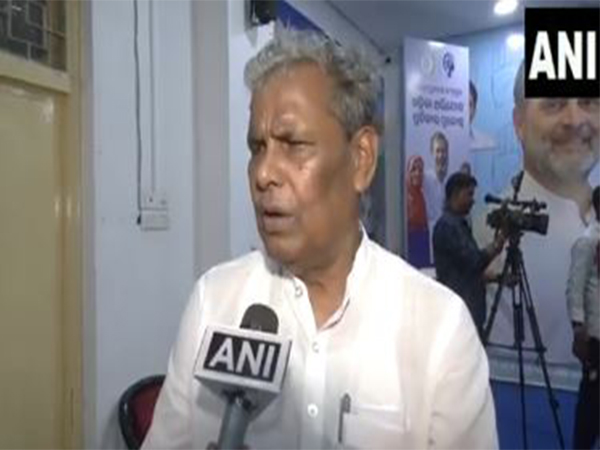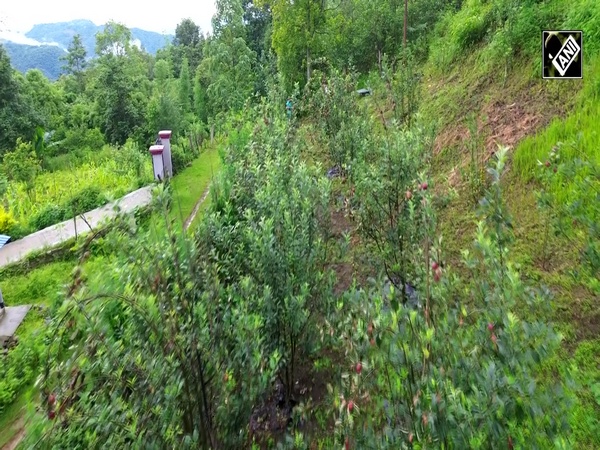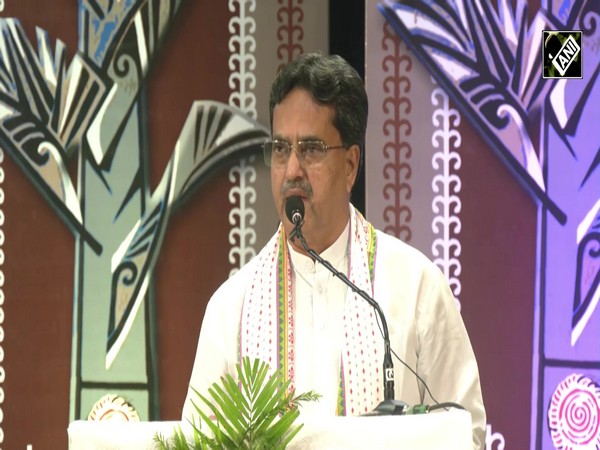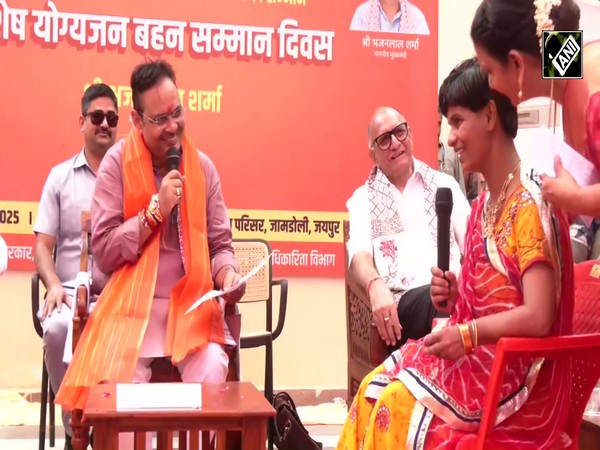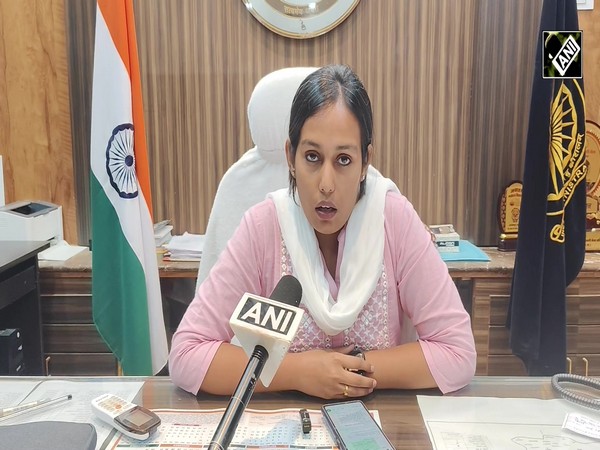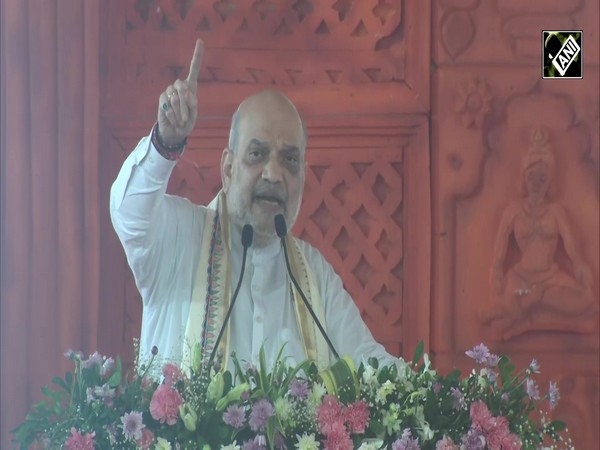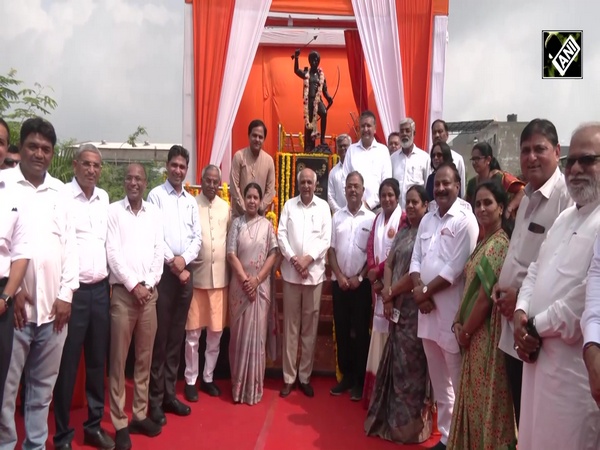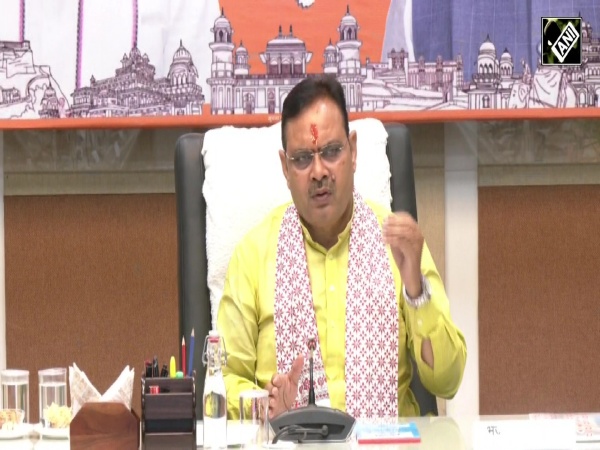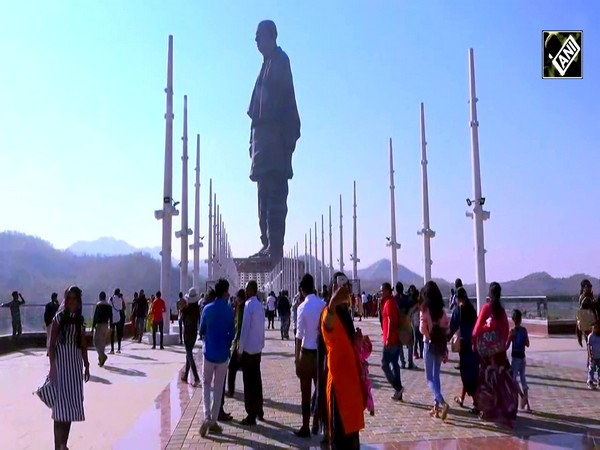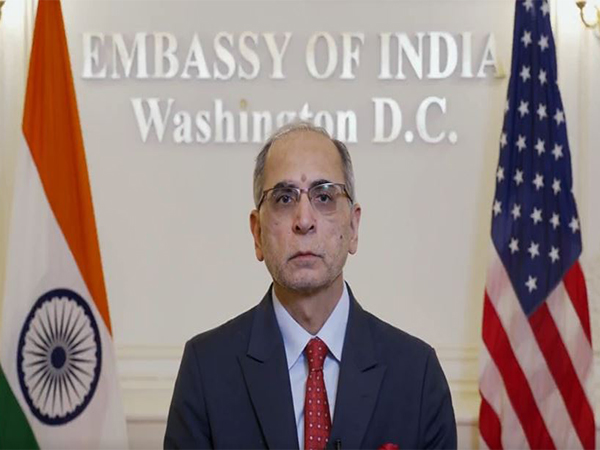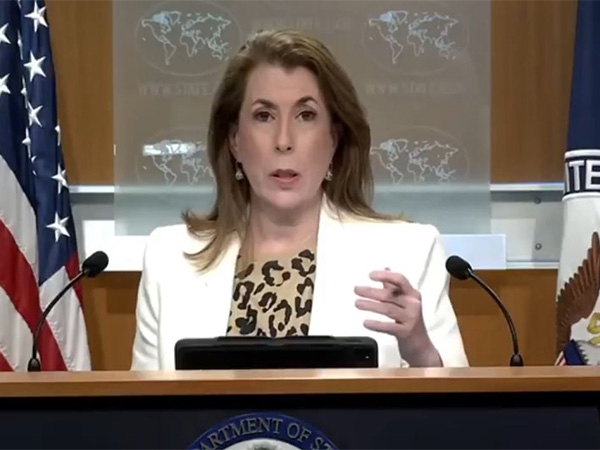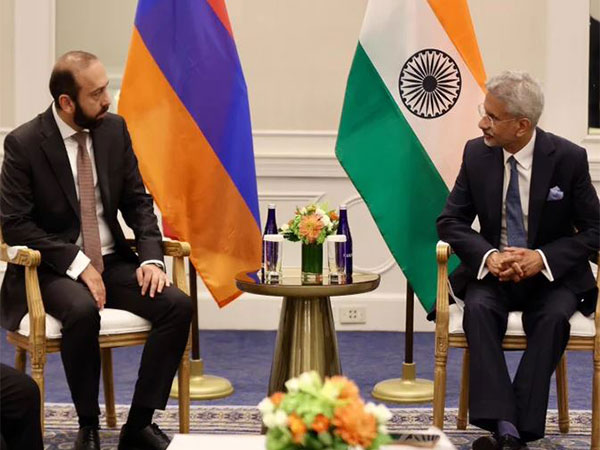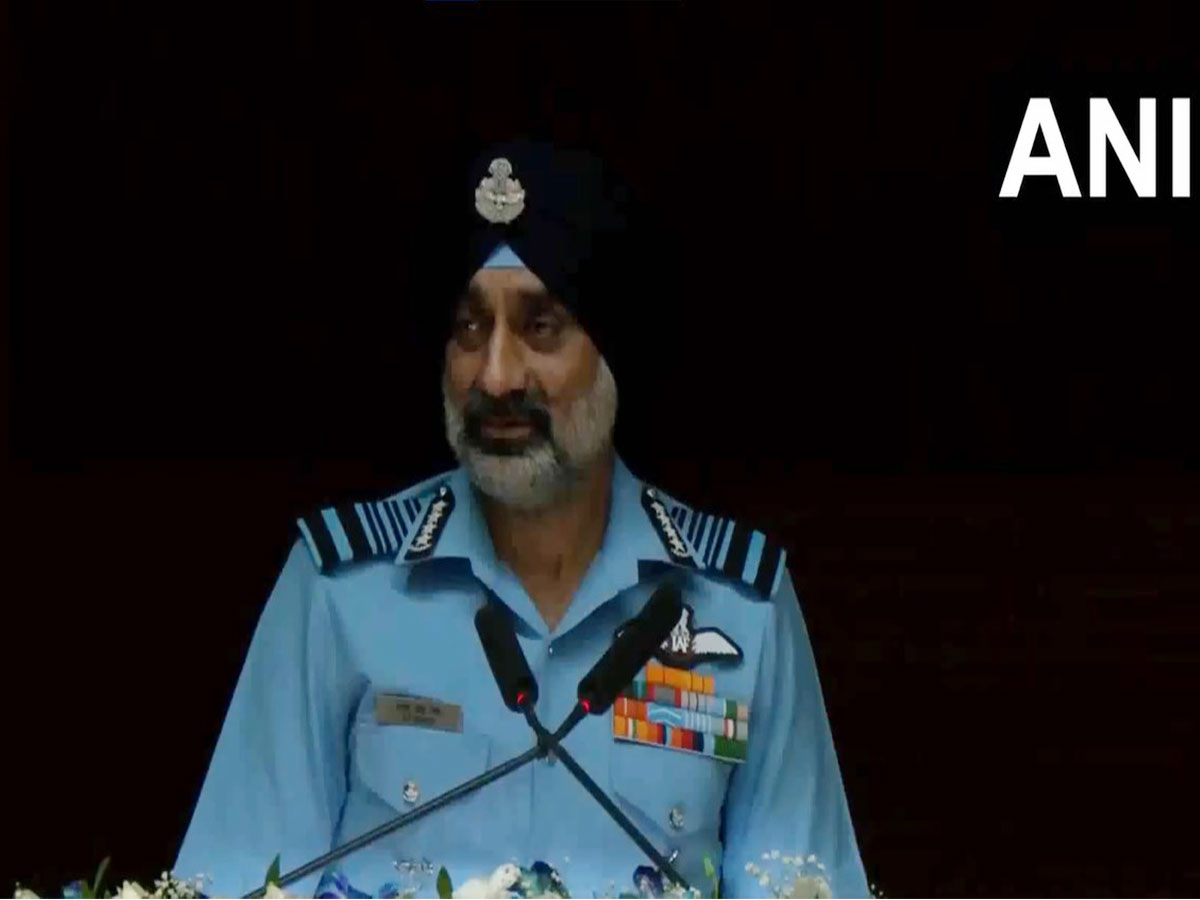
India took down five Pakistan fighter jets during Op Sindoor, a large aircraft downed by "largest ever recorded surface-to-air kill": IAF Chief
Aug 09, 2025
Bengaluru (Karnataka) [India], August 10 : Air Chief Marshal AP Singh has said that India took down at least five fighter jets of Pakistan during Operation Sindoor and downed one large aircraft which was taken on at a distance of about 300 kilometres.
He said the aircraft that was brought down "is the largest ever recorded surface-to-air kill that we can talk about".
The IAF Chief, who delivered the keynote address at the 16th edition of the Air Chief Marshal LM Katre Memorial Lecture on Saturday, lauded the successful completion of Operation Sindoor, underscoring the primacy of Air Power in modern military conflicts and its significance in national security.
"We have at least five fighters confirmed kills and one large aircraft, which could be either an ELINT (Electronic Intelligence) aircraft or an AEW &C (Airborne Early Warning and Control) aircraft, which was taken on at a distance of about 300 kilometres. This is actually the largest ever recorded surface-to-air kill that we can talk about," Air Chief Marshal AP Singh said.
"We were able to get at least two command and control centres, like Murid and Chaklala. At least six radars, some of them big, some of them small. Two SAGW systems that is in Lahore and Okara. We attacked three hangars. One was the Sukkur UAV hangar, the Bholari hangar and the Jacobabad F-16 hangar. We have an indication of at least one AEW&C in that AEW&C hangar and a few F-16s, which were under maintenance there," he added.
This is apparently the first time that a top-ranking officer has specified the number of Pakistani aircraft and jets downed during the conflict.
The IAF chief also credited the "political will" of the Central government for the success of the operation by allowing the Armed Forces to conduct the operations without any constraints.
"A key reason for success was the presence of political will. There was very clear political will and very clear directions given to us. No restrictions were put on us... If there were any constraints, they were self-made. The forces decided what the rules of engagement would be. We decided how we wanted to control the escalation. We had full freedom to plan and execute," he said.
"There was a synchronisation between the three forces... The post of CDS made a real difference. He was there to get us together. NSA also played a big role in getting all the agencies," he added.
India launched Operation Sindoor on May 7 as a decisive military response to the April 22 Pahalgam terror attack in which 26 people were killed. The Indian Armed Forces targeted terror infrastructure in Pakistan and Pakistan-occupied Jammu and Kashmir, leading to the death of over 100 terrorists.
India repelled the subsequent Pakistani retaliation and pounded its airbases.
He also talked about the Balakot airstrikes held after the Pulwama terror attack.
"In Balakot, we could not get anything from inside, and it became a big issue trying to tell our own people, unfortunately, as to what we have been able to achieve. We had intelligence (human kind of intelligence) on what had gone on inside, where we had a very clear picture of the inside in terms of there having been huge damage," he said.
The IAF Chief identified two key imperatives behind the success of Operation Sindoor - synchronisation between military and political leadership with full freedom given to the Armed Forces, and the decisive role of Air Power as the primary responder and deterrent.
Looking ahead, he stressed the importance of indigenisation, R&D, jointness and synergy to strengthen future capabilities.
DRDO Chariman Samir V Kamat also highlighted the significance of 'Atmanirbharta' in the defence sector.
Hindustan Aeronautics Limited (HAL) chairman DK Sunil, underlined how India's advanced defence capabilities, indigenous strength and synergy of defence forces were demonstrated by bringing together legacy and modern system operations.
"This capability (of defence forces) was on full display during Operation Sindoor, which demonstrated India's advanced defence capabilities, indigenous strength and synergy of Indian defence forces that brought together legacy and modern system operations. On behalf of HAL, I would like to congratulate the Indian defence forces for the stupendous success of Operation Sindoor," he said.
Meanwhile, Congress leader Jairam Ramesh referred to IAF Chief's remarks and renewed his attack on the Modi government, accusing it of stopping Operation Sindoor "under pressure". He and alleged that the ruling coalition "capitulated very soon" after Pakistan escalated the conflict and India gave an appropriate response.
"In view of the new revelations made by the Air Chief Marshal Amar Preet Singh today, it becomes all the more shocking why the PM suddenly stopped Operation Sindoor on the evening of May 10th. Where did the pressure on the PM come from and why did he capitulate so very soon?" Jairam Ramesh said in a post on X.
Party leader Pawan Khera told ANI, "If we were so ahead in the war, then under whose pressure did we stop Operation Sindoor? US President Donald Trump tweeted for the first time on the ceasefire...Why is PM Modi not saying that Trump is lying?"
India has said that cessation of hostitlies came after Pakistan DGMO called up his Indian counterpart and there was no third-party mediation.
